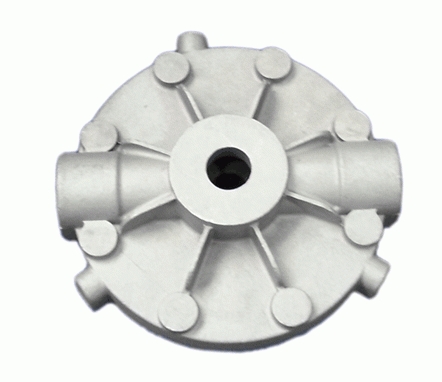Precision Casting: Sand Casting Principles & Techniques
Time:2024-02-26 21:50:41 Source:未知 Click:次
Precision casting, also known as investment casting, is a metal forming process widely used to manufacture complex shapes and high-precision metal components. Among its key steps, the sand casting process demands profound knowledge and practical experience from craftsmen. This article aims to unveil the principles behind sand casting and share professional operational tips for industry peers.
The foundation of the sand casting process lies in creating molds with high precision. The process begins with pattern design and fabrication, typically using CAD software for 3D modeling to ensure dimensional accuracy and complex geometrical structures. Then, prototype patterns are made using 3D printing or other rapid prototyping techniques, which will serve as master patterns for creating the sand molds.
When selecting casting sand materials, it's essential to determine the type based on the final application and performance requirements of the casting. The sand typically consists of silica sand, resin binders, and hardening agents. The mixed sand must maintain a certain toughness and strength to avoid damage during subsequent handling.
The next step is sand casting, which involves evenly spreading the mixed sand around the master pattern to form the cavity. Controlling compactness during this phase is critical as it directly affects the precision and surface quality of the casting. In modern processes, this step is often completed with the help of automated equipment to improve efficiency and consistency.
Afterward, the sand mold must be baked or heat-cured to harden the resin binder and ensure stability of the cavity. Once the sand mold is prepared, it can be installed into the pouring system, ready for the injection of molten metal.
During the metal pouring stage, temperature control and flow management are crucial for successful casting. Excessive heat may lead to gas inclusions and casting defects, while improper flow management can cause uneven filling or vortexes, affecting the quality of the casting. Therefore, experienced craftsmen adjust melting parameters and pouring speeds according to the size and complexity of the casting.
After pouring, the casting is allowed to cool and then undergoes cleaning to remove residual sand. Advanced sand casting processes employ automated cleaning equipment, effectively removing leftover sand and reducing labor intensity. Finally, through post-treatment processes like machining and heat treatment, the casting is ensured to meet the required dimensional precision and performance standards.
In summary, the sand casting process is a vital link in precision casting, demanding precision in every detail from pattern design to post-casting treatment. By deeply understanding material science, mastering advanced equipment, and accumulating extensive experience, craftsmen can produce high-quality precision castings using sand casting techniques. With the development of new technologies, such as additive manufacturing and intelligent control systems, the future of precision casting looks brighter, with continued improvements in casting quality and production efficiency.


